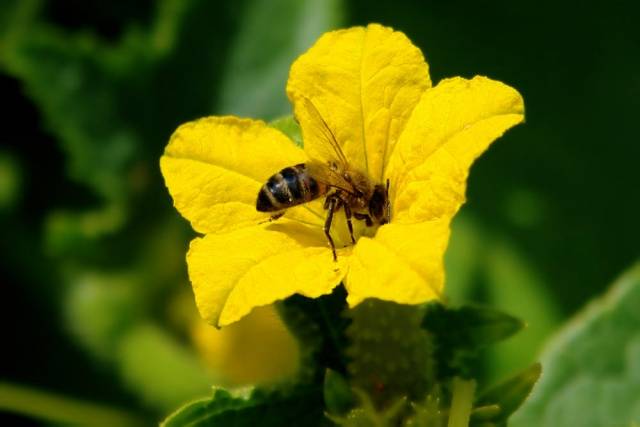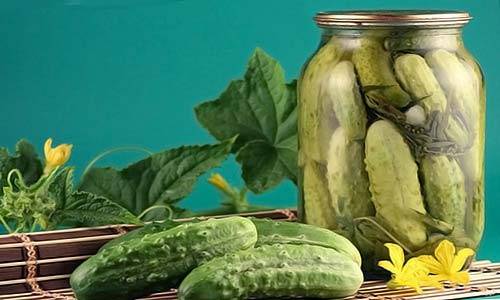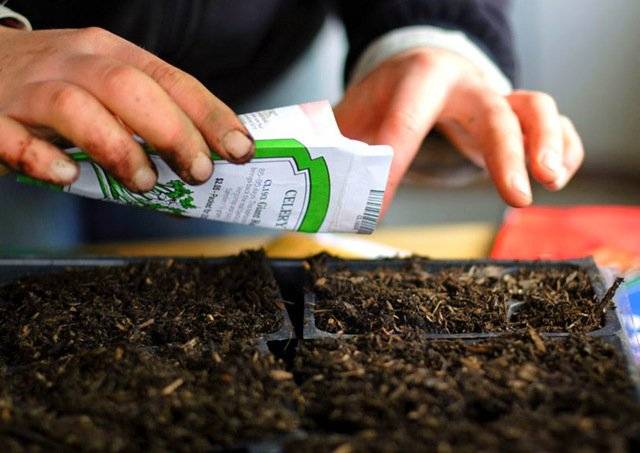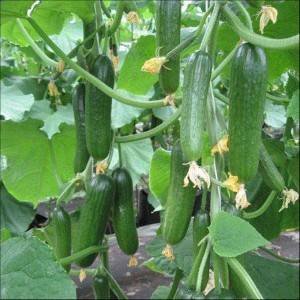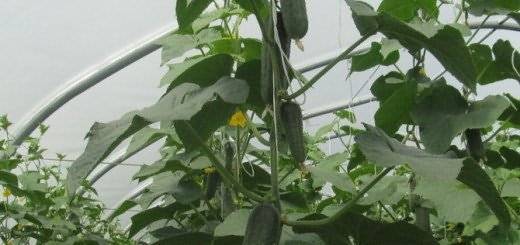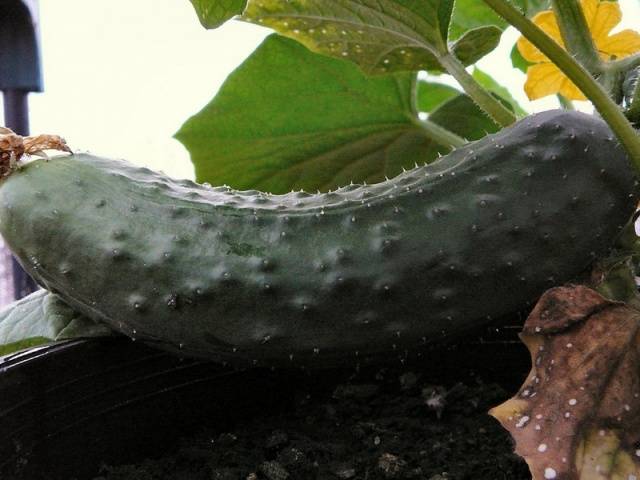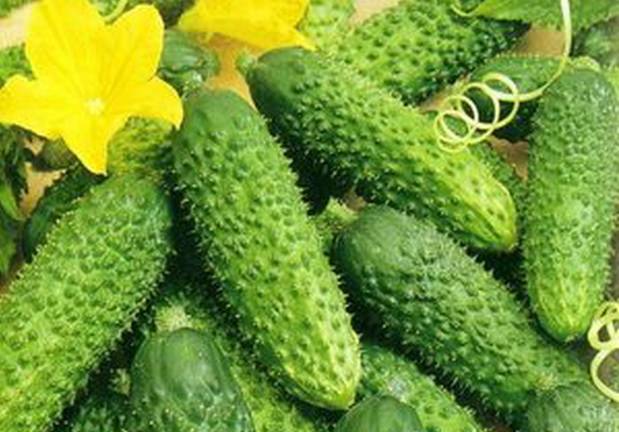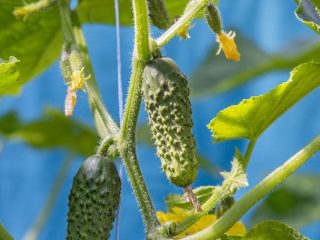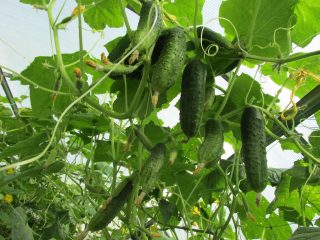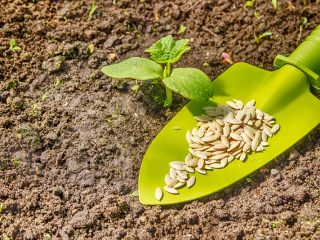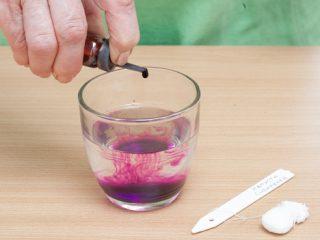Content
Cucumbers are one of the earliest vegetables to appear in spring and are most commonly grown outdoors. However, fruits grown in greenhouse conditions can be harvested almost all year round. This requires a greenhouse that will be warm without drafts, properly selected seeds, as well as adherence to agrotechnical measures.
Cucumber varieties
All varieties of cucumbers can be divided into several classes:
By collection date:
- winter-spring collection;
- spring-summer ripening;
- summer-autumn variety.
According to the rate of ripening, cucumbers are:
- early;
- mid-season;
- late ripening.
By pollination method:
- insects;
- self-pollinating;
- parthenocarpic.
By appointment:
- for canning;
- for salads;
- for universal use.
Not all varieties are suitable for greenhouse cultivation of cucumbers. Self-pollinating and parthenocarpic species are most suitable.
It should be borne in mind that 1 variety (self-pollinated) cucumbers have seeds inside the fruit, and type 2 does not have them at all. In addition, these varieties have good yields, and are also resistant to diseases that are inherent in cucumbers grown in the ground.
Salad varieties of cucumbers are grown smooth, from smooth skin without thorns or with small thorns, which are always white. Their skin is quite thick and dense, which allows them to be transported over considerable distances without damaging the fruit.
Cucumbers, which are intended for canning, have a thin skin. This feature allows the marinade to penetrate evenly during salting. Such cucumbers are grown in large sizes.
If the variety is versatile, then it can be eaten raw in salads, and it is also suitable for conservation. Varieties that are grown for salads are not recommended for canning. This can negatively affect the taste of preservation, and also significantly reduce its shelf life. The purpose of the fruit is indicated by the manufacturer on the seed pack.
Another option to achieve a similar result is to plant cucumbers at regular intervals, when previous plantings release the first flower.
Benefits of greenhouse cucumber varieties
The presence of a greenhouse, which is equipped for growing cucumbers, gives a number of advantages:
- large yields;
- the constancy of maturation;
- disease resistance;
- a large selection of varieties that can be used later both fresh and pickled.
There are types of cucumbers that are capable of producing up to 30 kg per 1 sq. meters.
In addition, the resulting fruits do not have bitterness, and when planted, they have almost 100% germination. Most of them are self-pollinating varieties.
Features of Dutch varieties
These types of cucumbers have some features that must be taken into account when cultivating them. These include:
- sowing is carried out in late March in pots;
- subsequently, when planting, the row spacing is 2-4 cm;
- while the seeds are in pots, it is necessary to prepare a mixture that includes peat, rotted manure, soil and coarse sand. The mixture itself can be folded into peat seedling pots;
- after the cucumber seeds sprout, they are carefully planted in the prepared mixture in pots;
- then they wait until 3-4 leaves germinate, and make a landing in a greenhouse at a permanent place. In addition, it must be noted that cucumbers sprouted from Dutch seeds, it is required to plant exactly according to the scheme, the observance of which will ensure the proper high yield:
- trenches are dug along the length of the entire greenhouse, the depth of which is 40 cm. Pots with grown plants will be planted in them.
- the distance between the trenches should be at least 80 cm. This will allow them to grow in the future without interfering with each other.
- manure is placed on the bottom of the prepared hole, with a layer of at least 5 cm. Then you can proceed directly to planting.
- the plants themselves must be planted according to the square scheme
When the cucumbers start and grow, it is necessary to remove the first antennae, and pinch the tops. After the plants continue to grow and release the next set of whiskers, you can feed the cucumbers.
Some varieties of Dutch cucumbers
The secret of the frequency of planting exactly Dutch cucumber seeds lies in their reliability, which provides not only high yields, but also greatly simplifies the process of caring for plants.
Angelina F1
One of the representatives of the Dutch selection. The F1 marking indicates that this type of cucumber is self-pollinated. The length of the fruit can reach 14 cm. Cucumbers of this variety are suitable for salads and other dishes where they are used raw.
Its main characteristic is unpretentiousness when leaving. They belong to the early varieties.
Gunnar
A hybrid species of Dutch breeders. Cucumbers of this variety have good keeping characteristics, therefore, transportation. It is classified as a mid-late variety and, in terms of climatic conditions, is most suitable for planting in temperate latitudes.
It belongs to the average yield, but its taste is excellent due to the presence of a large amount of sugar and ascorbic acids. Fruit length reaches 13 cm.
Hector F1
Early ripe cucumbers. They are characterized by a dark green rind with firm flesh. A distinctive feature is that the greens do not turn yellow and always retain their color. The size of the fruits, rather thin peel, allow them to be used for conservation.
This type of cucumber is not tall, it grows in a bush, but with a lot of fruits. This growth greatly facilitates plant care and harvesting.
Bettina F1
Small cucumbers, which are classified as gherkins. It is an early maturing variety that can grow in low light conditions in the greenhouse.
This plant is characterized by the fact that the bulk of the crop is concentrated on the central stem, therefore, it does not need to be formed. Cucumbers have a delicate taste and are not bitter.
Herman F1
Belongs to early maturing varieties of Dutch selection. They are distinguished by high productivity throughout the entire fruiting period.
They are characterized by dark green fruit with tubercles. They are versatile and can be used for salads and canning without losing their taste. This is a tall variety of cucumbers.
The yield of cucumbers depends on the choice of seeds, the correct observance of the planting rules, as well as the timely introduction of the necessary fertilizers, and the maintenance of the microclimate in the greenhouse.
The final choice of a variety of cucumbers for growing in a greenhouse depends on taste preferences, how they are used, and also based on personal experience of growing these fruits.
Conclusion
A visual representation of the cultivation of cucumbers in a greenhouse can be obtained by watching the video:

